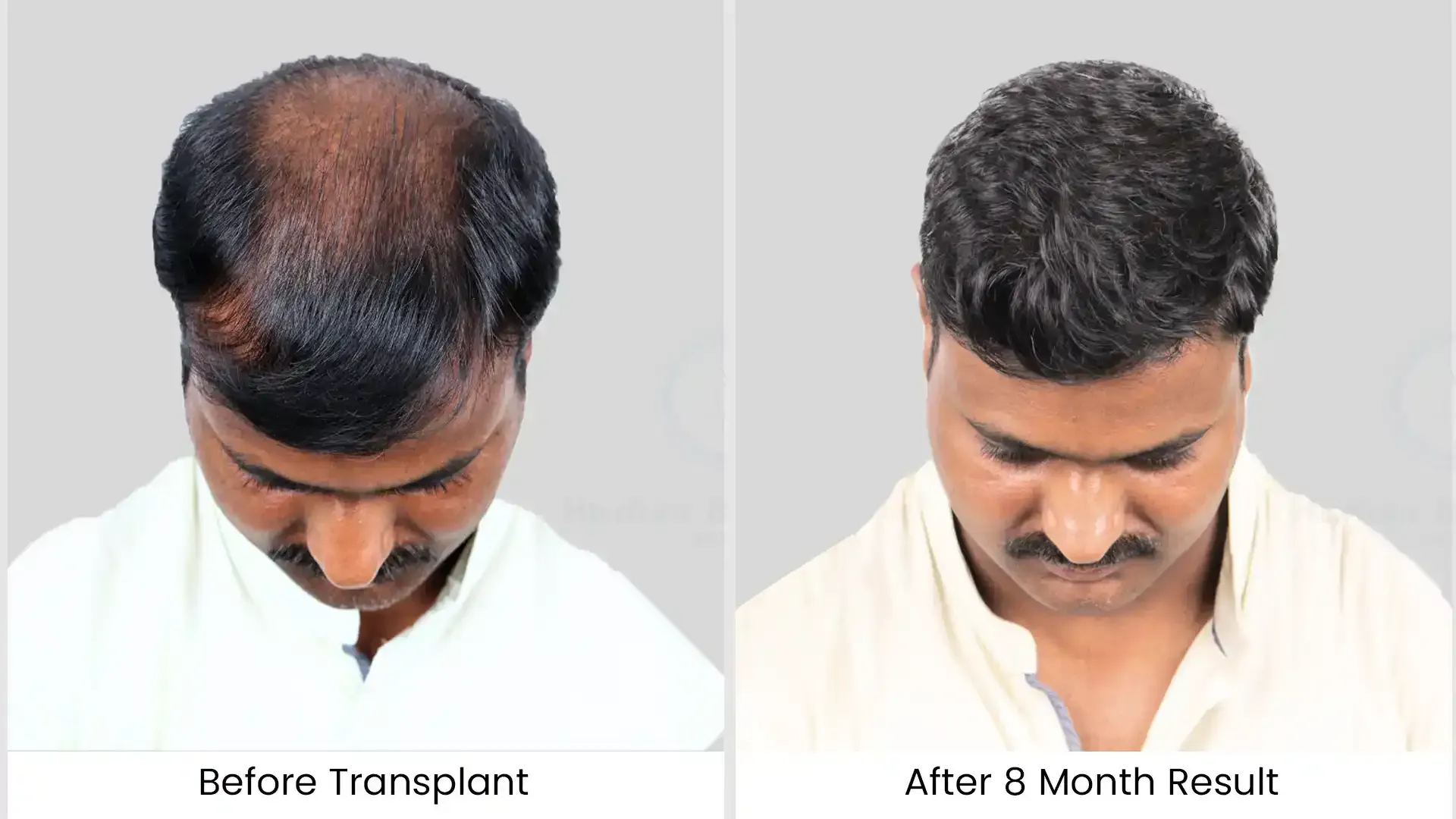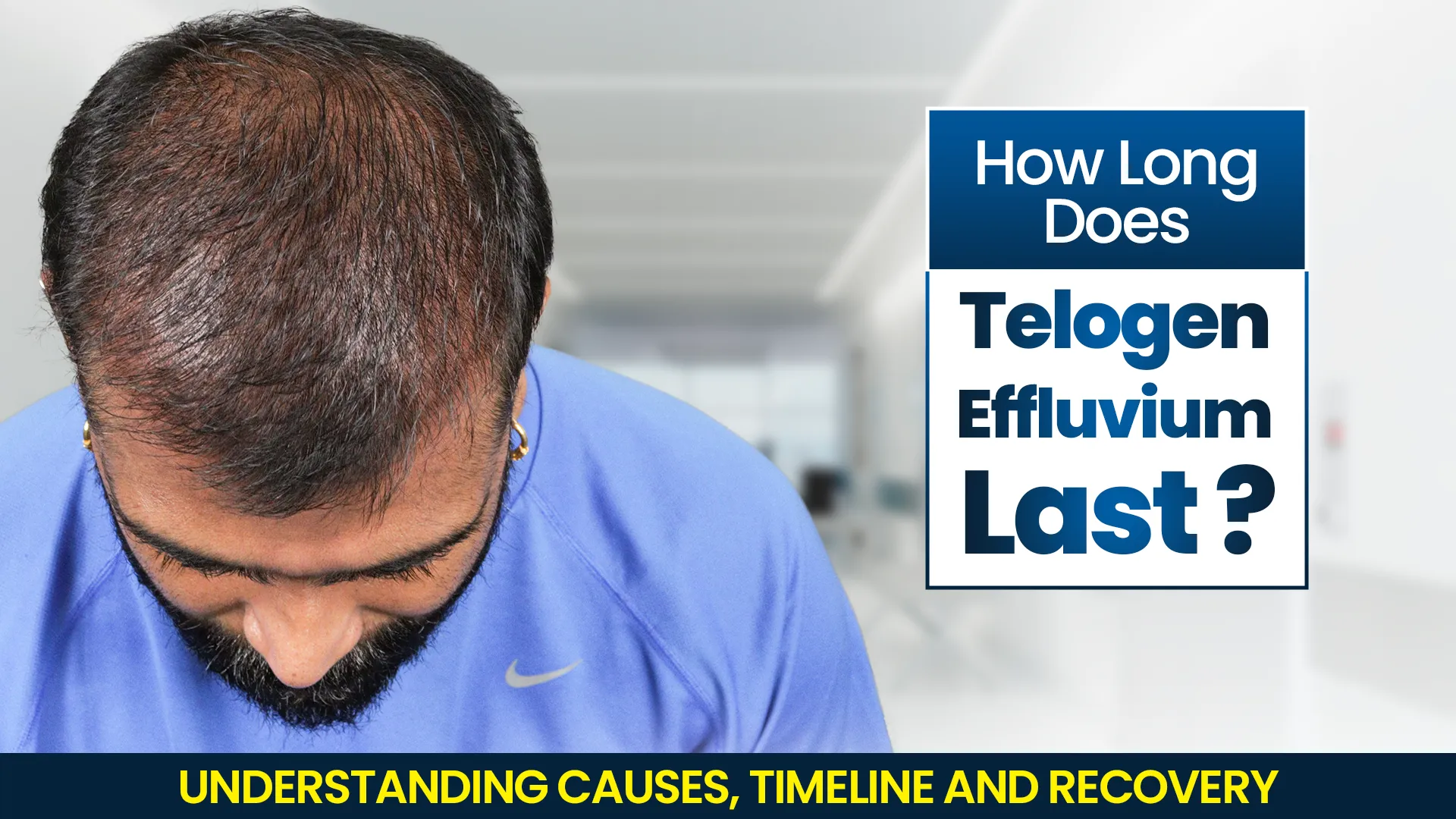Thinning hair and visible bald spots are more common than most people realize. With age, genetics, and lifestyle factors, hair loss can progress gradually—sometimes faster than expected. For many people, a 3500 grafts hair transplant becomes one of the most trusted and long-lasting solutions to restore density and bring back a youthful look.
A hair transplant works by relocating healthy hair follicles from a donor area (usually the back of the scalp) to thinning or bald regions. Depending on the severity of hair loss, the number of grafts required varies from person to person. One of the most frequently recommended options is a 3500 grafts hair transplant, ideal for individuals with moderate hair loss and a receding hairline.
This guide explains everything you need to know—from who qualifies, how much area 3500 grafts can cover, cost, procedure steps, techniques, recovery, and expected results.
Who Is an Ideal Candidate for a 3500 Grafts Hair Transplant?
A 3500 grafts hair transplant is recommended for people whose hair loss falls between:
- Norwood Scale 3 (including 3 Vertex)
- Norwood Scale 4 (early stage)
These stages represent noticeable hairline recession forming an M, U, or V pattern, often combined with thinning at the crown.
To qualify, you must have:
- Sufficient donor hair density
- Stable hair loss (not aggressively progressing)
- Good general health
- Realistic expectations
If your donor area is strong and your bald/thinning region fits within these Norwood stages, a 3500-graft procedure can create a significantly fuller and more natural appearance.
What Area Does 3500 Grafts Cover?
3500 grafts can effectively cover:
- A deeply receding hairline
- The front third of the scalp
- Mild-to-moderate thinning on the crown (if required)
- The entire frontal region for Norwood 3
- Most of the mid-scalp for early Norwood 4
On average:
- 3500 grafts = 6300–7700 hairs (because each graft contains 1–5 follicles)
This amount is enough to restore a naturally full hairline and provide strong density in the frontal zone.
Which Technique Is Best for a 3500 Grafts Hair Transplant?
Both FUE and DHI are suitable for this graft count, depending on your goals and your surgeon’s recommendation.
1. FUE (Follicular Unit Extraction)
FUE is one of the most widely used techniques worldwide. It involves:
- Extracting individual hair follicles from the donor area
- Preparing them into graft units
- Implanting them manually into tiny incisions
Advantages:
- Natural-looking results
- Minimal scarring
- Faster healing
- Good for covering larger areas like 3500 grafts
2. DHI (Direct Hair Implantation)
DHI uses a Choi implanter pen to implant follicles directly without creating incisions beforehand.
Advantages:
- Higher precision
- Denser packing in the frontal region
- Faster implantation process
Both techniques give excellent results for a 3500-graft hair transplant—the best option depends on your scalp condition and your surgeon’s expertise.
How Does the Medical Procedure Work? (Step-by-Step)
Although it may look simple from the outside, a hair transplant is a highly detailed medical procedure that requires expertise. The operation includes three major steps:
1. Consultation
This is where expectations and possibilities are aligned. Your doctor examines:
- Donor hair strength
- Balding pattern
- Number of grafts needed
- Hairline design
2. Extraction
Hair follicles are carefully harvested from the donor zone (usually the back and sides of the scalp). This step determines the quality and survival of grafts.
3. Implantation
The extracted grafts are implanted into the thinning areas, following the natural direction and angle of your original hair.
A skilled surgeon ensures each follicle is placed precisely to achieve natural density and growth patterns.
How Long Does a 3500 Grafts Hair Transplant Take?
A 3500 grafts procedure asts 5–7 hours.
This depends on:
- Technique (FUE or DHI)
- Team size
- Individual scalp characteristics
The operation is completed in one day, and patients can go home after resting briefly at the clinic.
Can 3500 Grafts Be Done in One Session?
Yes.
A single session can safely transplant up to 5000 grafts, so 3500 grafts easily fall within the safe limit. This ensures:
- Healthy survival of transplanted grafts
- Protection of remaining donor follicles
- A shorter recovery period
No second session is required for this graft count unless you plan additional coverage in the future.
How Much Does a 3500 Grafts Hair Transplant Cost?
The cost varies by country, surgeon expertise, and technique. In Turkey—one of the most popular global hair restoration hubs—prices are more affordable due to an advanced medical tourism system.
Average Cost in Turkey
Rs200,000– Rs 400,000
Factors affecting the price include:
- Technique (FUE or DHI)
- Clinic reputation
- Surgeon’s experience
- Additional services and follow-up care
Always choose a certified and experienced clinic to ensure safety and natural results.
How Long Does It Take to See the Results?
Hair transplant recovery takes time, and patience is essential.
Growth Timeline
- 2–4 weeks: Shedding of transplanted hair (normal process)
- 3–4 months: Early regrowth begins
- 5–6 months: Noticeable improvement and density
- 8–10 months: Significant transformation
- 12–14 months: Final results
A 3500 grafts hair transplant delivers excellent coverage and natural fullness once the growth cycle completes.
Final Thoughts
A 3500 grafts hair transplant is an excellent option for people with moderate hair loss who want to restore a natural-looking hairline and add solid density to the front or mid-scalp. With the right technique, expert surgeon, and proper aftercare, the results can be truly life-changing.
Looking to Understand Whether 3500 Grafts Are Right for You? Let Hairfree & Hairgrow Help
If you’re unsure how many grafts you really need—or you want to know whether your donor area is strong enough—Hairfree & Hairgrow Clinic can guide you with expert, personalized assessments.
- Send your scalp photos
- Get a detailed graft estimation
- Know the best technique (FUE or DHI) for your case
- Receive a transparent quote—no hidden charges
Your hairline tells your story. Make it a confident one—with India’s trusted hair restoration experts.
Frequently Asked Questions
1. What exactly is a hair graft?
A hair graft is a small unit that contains 1–5 hair follicles. Surgeons extract grafts (not individual hairs) during a transplant. On average, each graft has about 1.8–2.2 hairs.
2. How many hairs are in 3500 grafts?
Around 6300–7700 hairs, depending on how many follicles each graft naturally contains. The total hair count varies person to person.
3. Is a 3500 graft hair transplant safe?
Yes, it’s safe when done by an experienced surgeon in a certified clinic. Complications are rare and mild.
4. Will there be scars after the procedure?
FUE and DHI methods leave tiny dot-like scars that are barely noticeable once healed. They stay hidden under even short hair.
5. How long does the healing process take?
Initial recovery takes about 7–10 days, while complete healing and visible hair growth progress over several months.
Written By
MBBS, DVD (Skin & VD)
Dr. Ankit Jain is a trusted hair restoration specialist known for his advanced expertise in 3500 Grafts Hair Transplant procedures. He focuses on delivering natural, long-lasting results through precise techniques, personalized treatment plans, and patient-centric care, helping individuals restore confidence with effective hair solutions.
Disclaimer
We’ve made all possible efforts to ensure that the information provided here is accurate, up-to-date and complete, however, it should not be treated as a substitute for professional medical advice, diagnosis or treatment. See Detailed Disclaimers Here.








